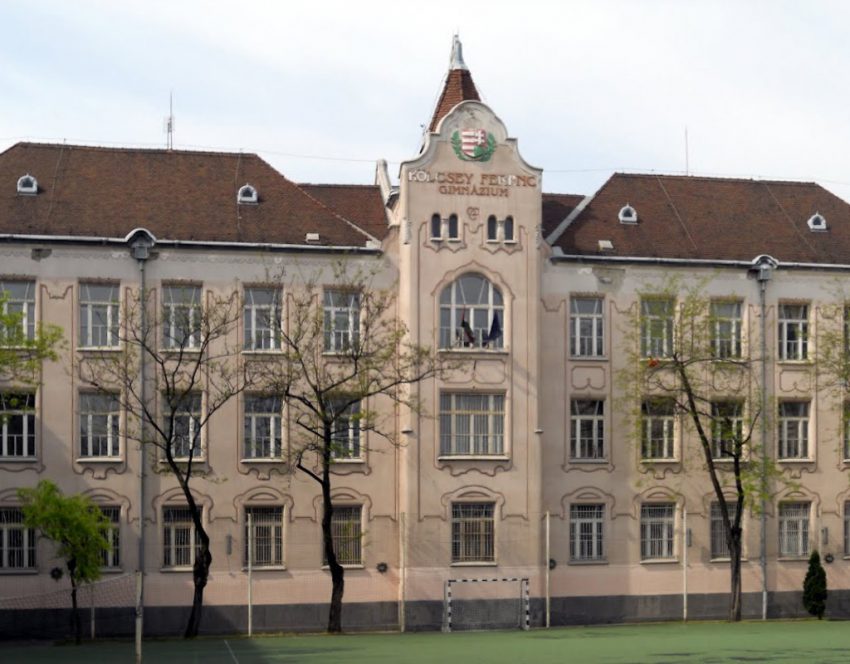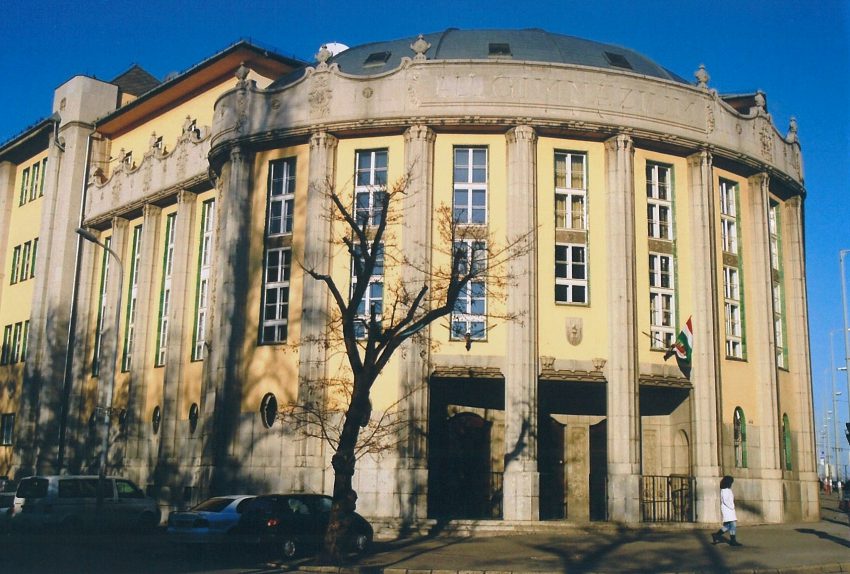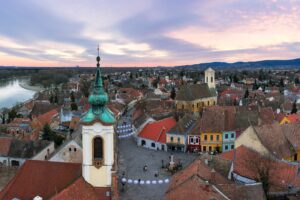Join us in our latest endeavour, whose aim is to show you the enchanting city of Budapest from a new perspective. In this month’s Budapest Uncovered, we’ll present you the four most peculiar high schools from the Hungarian capital, built in the Art Nouveau style.
Széchenyi István Commercial Secondary School
Around the turn of the 19th century, lord mayor István Bárczy kick-started a new, prosperous era of the Hungarian public school system, by moving into force a law that resulted in the opening of 55 new school buildings all over the swiftly developing Magyar metropolis, whose crowded classrooms sometimes had to fit in more than a hundred pupils. These brand-new institutions were true palaces of education, with state-of-the-art equipment, built in modern styles, and housing more spacious classrooms than witnessed ever before in public schools. The city council of Budapest spent 20% of its budget on the development of public education – now compare that to the meagre 8% the city of Paris, or the 14% Vienna spent on the same thing.

One of the most striking survivors of this prosperous and enlightening era is found near the heart of downtown Budapest, in the narrow and shady Vas utca. The Széchenyi István Commercial Secondary School was opened in 1912: It was designed by Béla Lajta, the third most important architect of his time, after Ödön Lechner and Károly Kós, both of them masters and pioneers of the Hungarian Art Nouveau school. Reminiscent of an ancient Mayan pyramid, Lajta’s red-brick building looks a bit dour at first glance, but if given ample of attention, all kinds of neatly detailed decorations will reveal themselves to the spectator: for example, the engravings on the facade’s limestone slabs act like 20th century hieroglyphs, telling of the roots and forms of commerce in Hungary. This work of Lajta marks a brave step toward modern architecture, while still drawing plenty of inspiration from Art Nouveau, most visible on the school gate and the colorful, folksy interiors.
Kölcsey Ferenc High School
Renowned for its excellent foreign language courses, Kölcsey Ferenc High School was designed by one of the prominent representatives of the Hungarian Art Nouveau style, Albert Kálmán Kőrössy, another one of Lechner’s students. It is situated in District 6, halfway between City Park and the Nyugati Railway Station, overlooking Munkácsy Mihály utca. The grandiose high school was opened in 1909, to the greatest pleasure of its 650 new students. The conservatively symmetrical two-story building surrounds the schoolyard in a U-shape, while its frontage is decorated with subtle Art Nouveau motifs familiar from Lechner’s works. Try to visit during school hours and ask the doorman if you can snap a few pictures from the inside!

ELTE Radnóti Miklós School
Built in 1931 as a mixed-sex grammar school for the Jewish community of Pest, this is another modern-ish masterpiece from Béla Lajta, marking the transition of the world’s architectural taste from Art Nouveau to Art Déco. It was behind these protective, monumental brick walls that more than 2,000 people survived the final months of the Second World War. The building, which includes a synagogue-turned-ceremonial-hall as well, is adorned with decorative elements from the Old Testament, but it’s really inside the school where Lajta’s genious shows itself: the luminosity of the main staircase, the ceiling of the assembly hall and the vertical relief-bands seen in the schoolyard make this building truly deserve its place among Budapest’s listed monuments.
Szent László High School
Lastly, a building from the man who started it all – and by all, we’re meaning the style of Hungarian Art Nouveau. It was Ödön Lechner, together with his fellow colleague József Vágó who designed the plans for the Szent László High School in the city’s Kőbánya district, although the old architect sadly couldn’t see his final work finished, since he died in 1914, a year before teaching would start in the building. The outer shell of the school (which is situated not far from one of Lechner’s other masterpieces, the eclectic Szent László Church) shows the influence of the famous Wiener Werkstatte applied arts movement, while both the outside and the interiors abound with Hungarian folk motifs, reliefs, wrought-iron lamps, owls and indirect references to Egyptian and Eastern architecture.

Márton J. Vizy




